With fluctuating fuel prices and tightening emission standards in Vietnam, fuel efficiency becomes a pivotal factor in consumers’ car-buying decisions, especially in the mass market segment.
The recent arrival of four Lada models at a Vietnamese port not only marks the preparation for their official launch in the near future but also raises questions about fuel consumption, an aspect of particular interest to cost-conscious buyers.
Lada Granta: Affordable but Thirsty
Lada Granta is the most affordable model in the Lada lineup coming to Vietnam, with an expected price of VND 360 million. This places it in direct competition with popular choices such as the Mitsubishi Attrage, Mazda2, and Kia Soluto, despite being a segment B vehicle.
Designed for urban environments, the Granta is equipped with a 1.6L engine paired with a 5-speed manual or 4-speed automatic transmission, depending on the market.
However, its fuel consumption of under 7 liters per 100 kilometers in combined conditions is less than impressive when compared to segment rivals, many of which offer significantly lower fuel costs. This could be a deciding factor for cost-conscious buyers in this segment.
Lada Vesta: More Sophisticated, Equally Thirsty
Lada Vesta is a step up from the Granta, offering more in terms of equipment and size. It is powered by a 1.6L or 1.8L engine, mated to a manual or automatic transmission.
Despite its larger size and weight, the Vesta’s fuel consumption is on par with the Granta. However, when compared to rivals that have optimized their engines and aerodynamics, the Vesta falls short in terms of efficiency, which could be a deal-breaker for some buyers.
Lada Niva: Affordable Off-Roader, High Fuel Costs
The Lada Niva is an iconic Russian off-roader, offering part-time 4-wheel drive, a 1.7L engine, and a 5-speed manual transmission. With an expected starting price of VND 390 million, it is a rare affordable SUV capable of tackling rough terrain.
However, this capability comes at a cost—its fuel consumption is high, especially in urban conditions where it doesn’t excel. When compared to its closest rival, the Suzuki Jimny, which is significantly more expensive, the Niva still offers a lower initial cost of ownership but falls short in fuel efficiency.
Lada Niva Travel: The Unusual SUV for Vietnam
The Lada Niva Travel is an upgraded version of the Niva, featuring improved exterior design, enhanced interior, and the same 1.7L engine with a full-time 4-wheel drive system.
However, its heavier weight and less-than-optimal aerodynamics result in higher fuel consumption, especially in city driving. With no direct competitors in Vietnam, the Niva Travel could be likened to a “larger Suzuki Jimny,” a void in the current market.
With a price that could rival segment A SUVs like the Toyota Raize, Kia Sonet, or Hyundai Venue, the Niva Travel might find itself competing with urban crossovers rather than traditional SUVs.
Emission Standards and Changing Consumer Behavior: A Challenge for Lada
Lada is known for its “rugged, simple, and easy to repair” philosophy, which has served it well in harsh weather and infrastructure conditions. However, the Vietnamese market is evolving, with consumers becoming increasingly conscious of long-term operating costs, especially fuel consumption.
As Vietnam moves towards implementing stricter emission standards, Lada, which hasn’t emphasized fuel efficiency, may struggle to compete with established rivals that are better optimized for the local market.







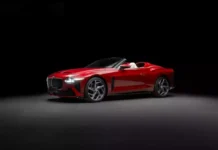

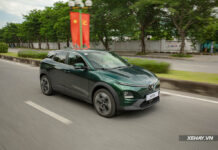


















.jpg)
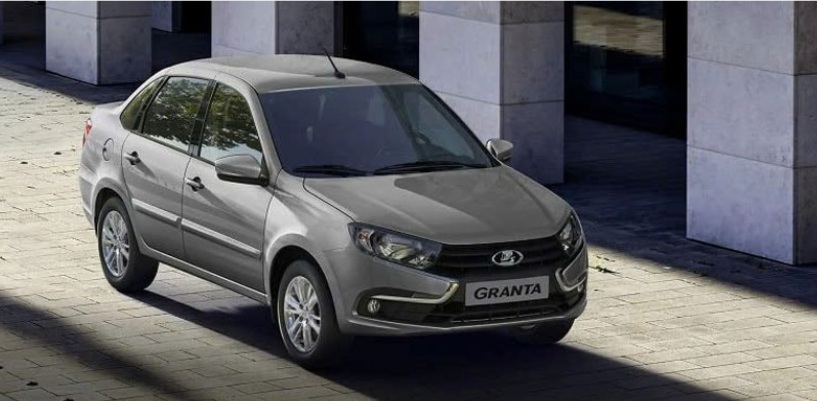
.jpg)
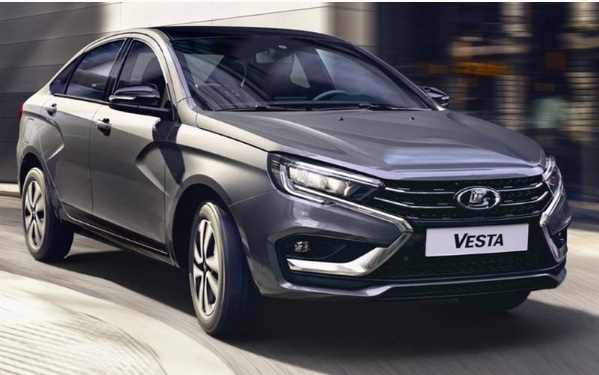
.jpg)

.jpg)
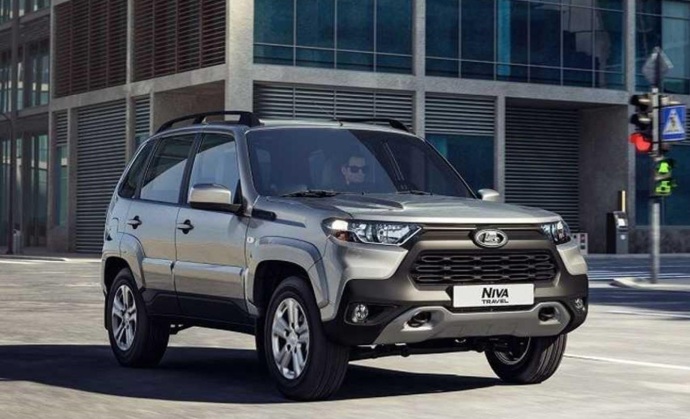
.jpg)
















